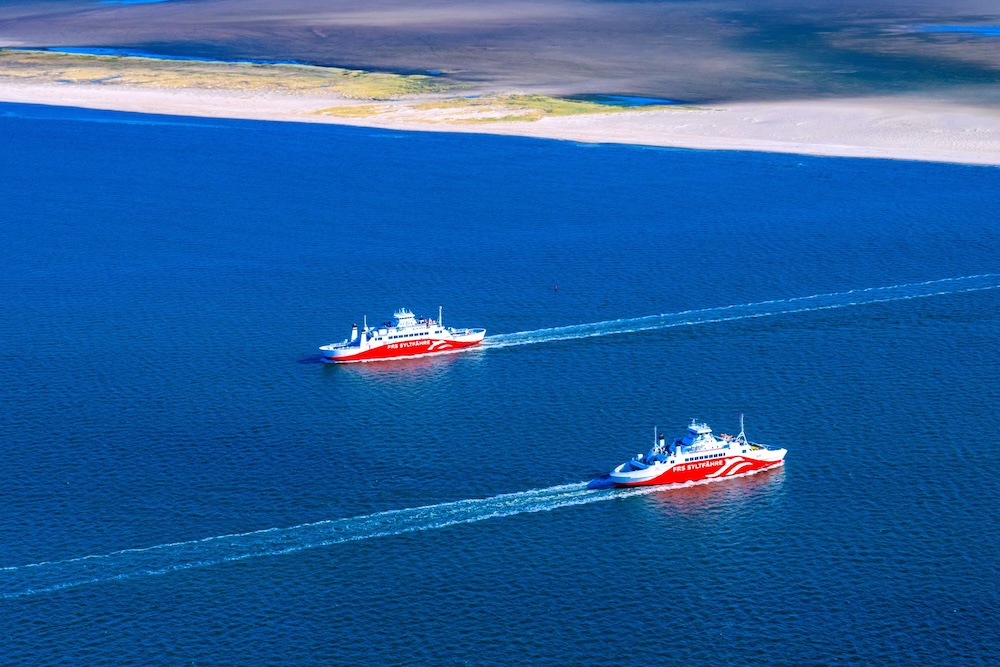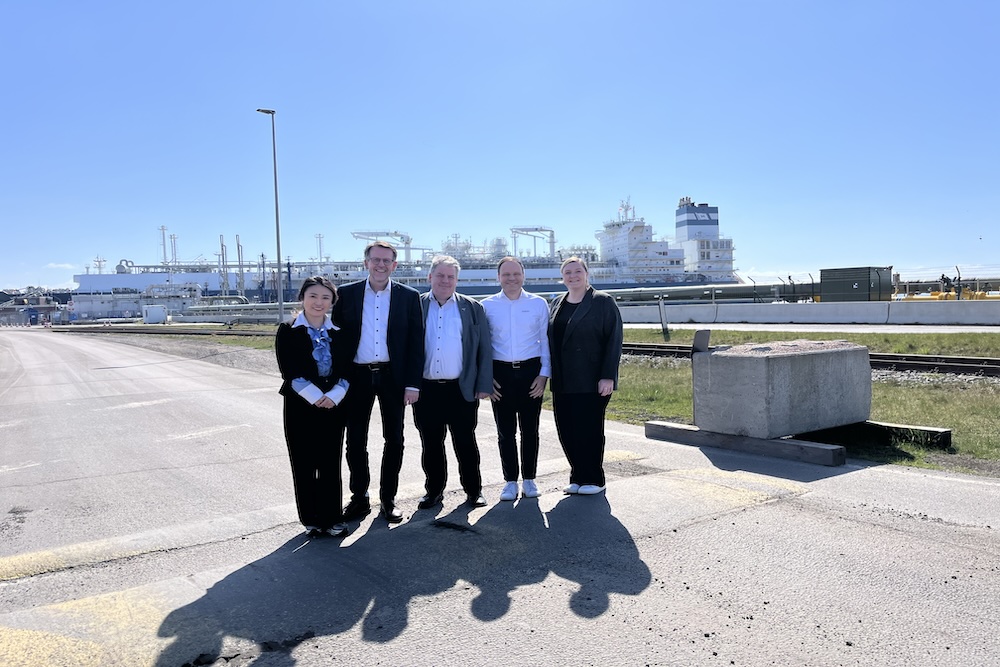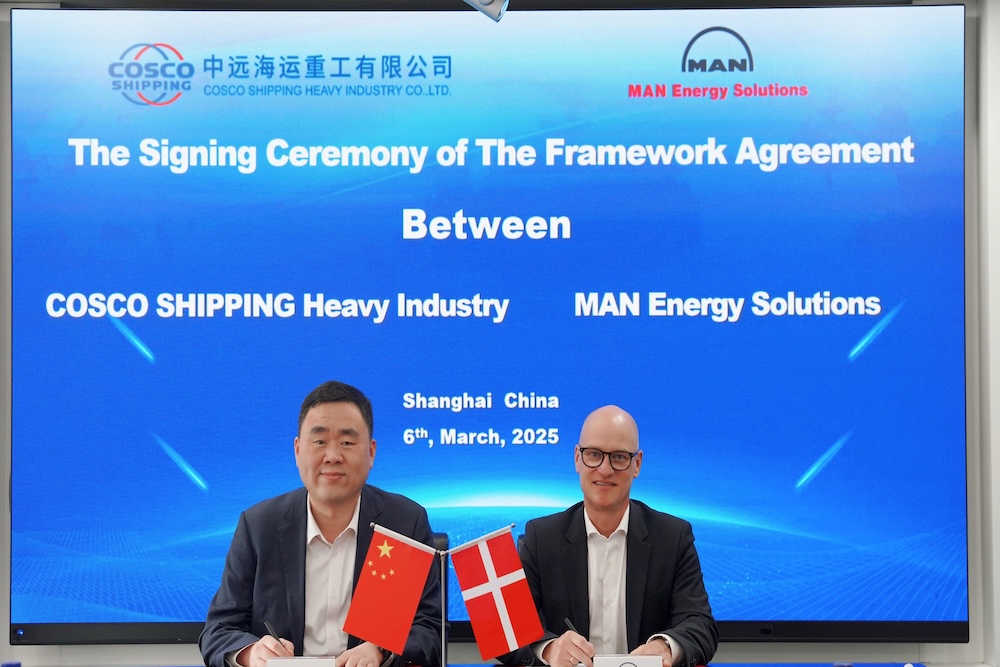The comprehensive digitalisation of the ship arrival process reduces CO2 emissions in the Port of Gothenburg by 6,000 tons per year.
The “Digital Port Call” platform will become a new part of the port’s maritime infrastructure. It is intended to create new conditions for a faster, safer, more efficient and more sustainable ship call process.
“From a ship’s departure from its previous port to its arrival at the Port of Gothenburg, large amounts of information need to be exchanged between up to 120 different actors that need to be synchronised, including shipping companies, terminals, tugboats, pilots, boatmasters and traffic planners,” explains Fredrik Rauer, Manager Port Control at the Gothenburg Port Authority.
“With our platform for digital port calls, all the necessary information can be collected and processed into a common situational picture that provides data-driven decision support for the entire call process. This provides better predictability and opportunities for more efficient resource planning, while disruptions can be detected and resolved at an early stage,” says Rauer.
The Port of Gothenburg is the largest port in Scandinavia and handles around 6,000 ship calls per year. Each arrival activates a large number of players in the port, from the moment a ship enters the port area until it is moored.
Platform enables just-in-time arrivals in Gothenburg
The platform will also enable just-in-time arrivals for ships. By receiving a “digital queue ticket” well in advance of arrival, ships avoid rushing into the port area to get a favourable slot time. Instead, they can adjust to a more environmentally friendly and cost-effective speed during the journey from the previous port, so that they can sail directly to a pre-assigned quay upon arrival in the Gothenburg port area.
Inter Terminals is a terminal company in Gothenburg Energy Port and a port call operator that supplies data to Digital Port Call. The company was also a cooperation partner in preparing the platform’s launch.
“We always strive to be at the forefront of digitalisation that creates added value for us and our customers. Digital Port Call improves the flow of information between the players in the energy port and offers our customers the opportunity to reduce their fuel consumption. That’s why it was natural for us to be involved right from the start,” says Thomas Andersson, Manager Logistics Services at Inter Terminals.
“If you calculate the total reduction in anchoring and berthing times, the Port of Gothenburg expects to reduce CO2 emissions in the port area by 6,000 tons per year thanks to the conditions created by Digital Port Call. Gabriella Ståhle, Production Planner at Port of Gothenburg AB’s Energy Port, who has been involved in the development of the platform, explains.
“And these figures don’t even include the decrease that occurs outside the port area due to slow steaming from the previous port. If we add in the fact that other port call stakeholders are now able to use their resources more wisely and efficiently, we can see that all parties benefit from Digital Port Call,” says Rauer.














